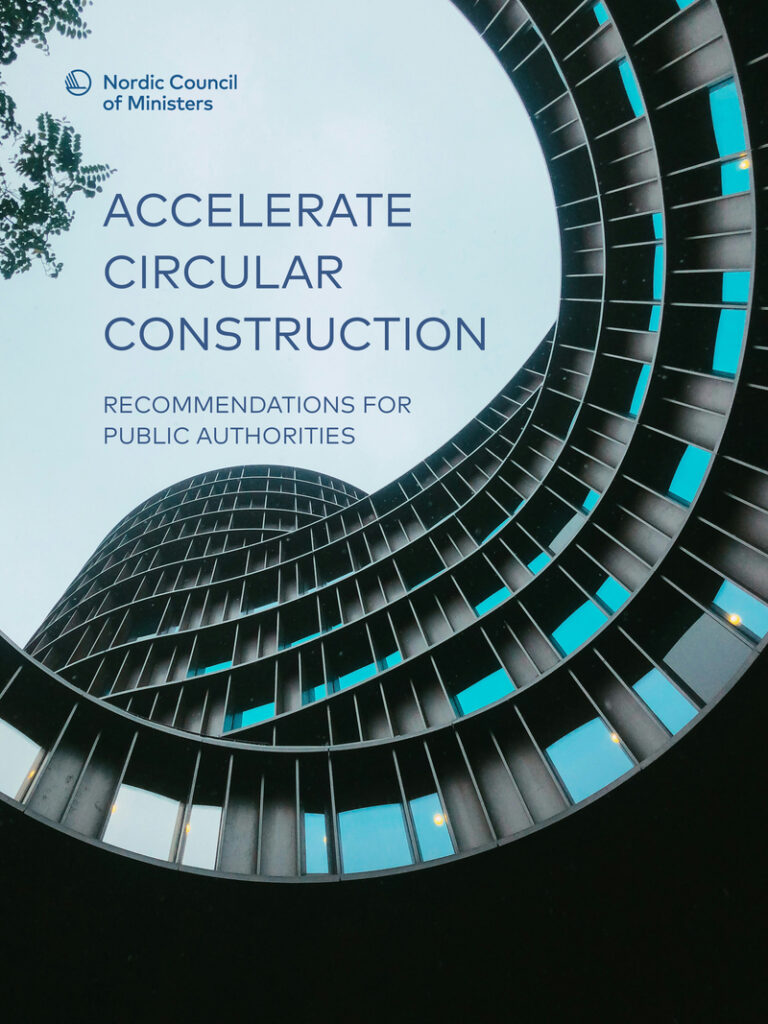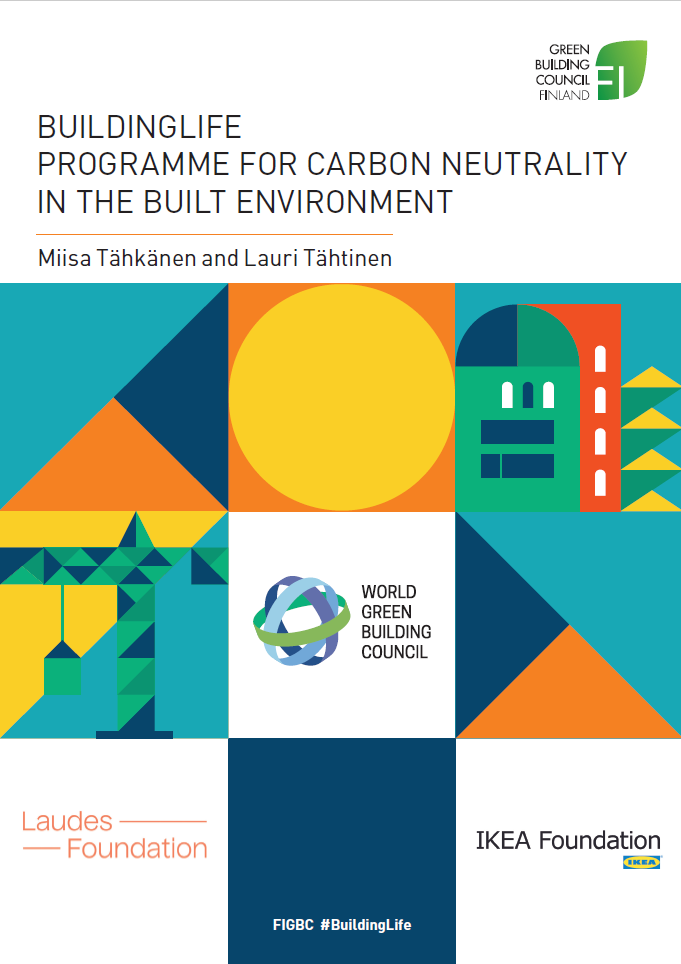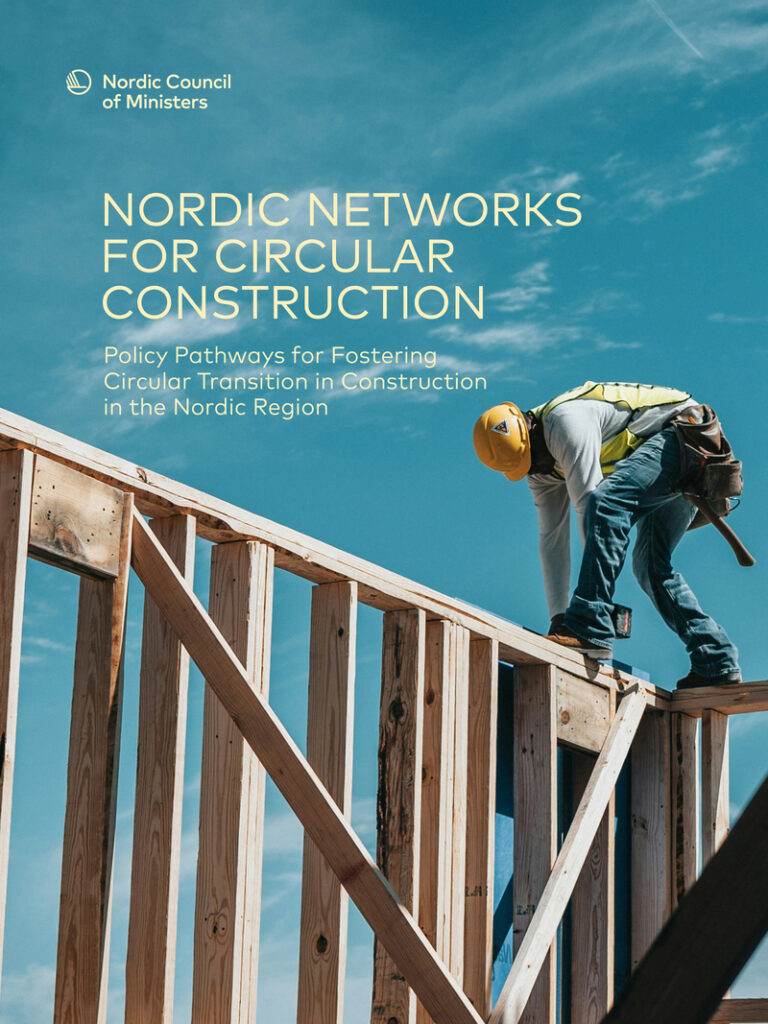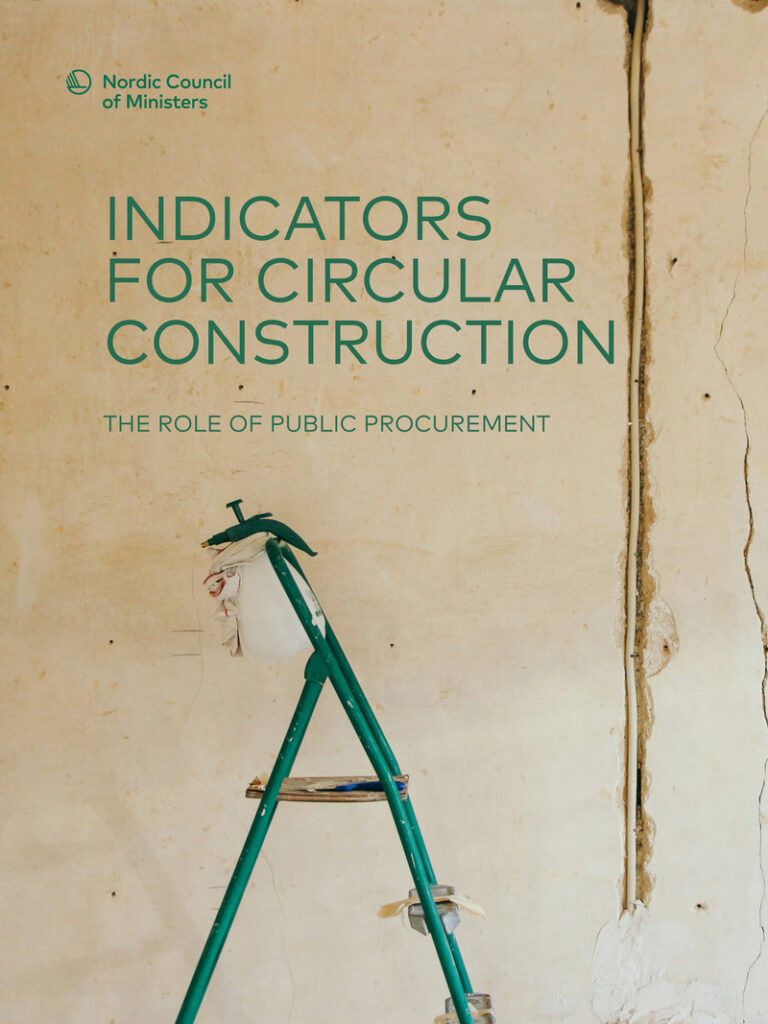World Green Building Councilin julkaisema seuranta ” Building Policy Tracker ” paljastaa sekä vahvuudet että puutteet rakennus- ja kiinteistöalaa ohjaavassa sääntelyssä – puutteet voivat jopa vaarantaa EU:n ilmastotavoitteet. Jossain määrin on tapahtunut edistystä rakennuskannan päästöjen vähennystavoitteessa, mutta lisätoimia tarvitaan kiertotalouden ja kestävän rahoituksen osalta. Nyt julkaistu mittari on tarkoitettu tukemaan uutta Euroopan komissiota tunnistamaan kiireellisimmät ja välitöntä toimintaa edellyttävät tarpeet.
New EU Building Policy Tracker unveils climate progress and critical gaps
The World Green Building Council reveals both the EU’s progress on building regulation – as well as the policy gaps that could put its climate targets at risk. The tracker reveals some progress on 2030 decarbonisation targets for buildings but urges for more progress on longer term circularity and sustainable finance policies. Designed to support the new European Commission, the tracker helps identify where urgent and priority action is needed.
A first-of-its-kind digital EU Building Policy Tracker, launched today, provides an comprehensive overview of where built environment policy has made advances towards decarbonising buildings by 2050. Developed by the World Green Building Council (WorldGBC) under its Europe-wide #BuildingLife project, this resource showcases regulatory progress and identifies gaps the new European Commission must address to decarbonise EU buildings.
The tracker builds upon the recent political momentum which is galvanising the sustainable built environment. At European level, an example is the ambitious revision of the Energy Performance of Buildings Directive (EPBD), and, on a global scale, countries will now be working to update their national climate action plans (NDCs), which are due in February 2025 under the Paris Agreement.
As mapped out in the tracker, particularly notable gaps which remain for the EU include longer term renovation targets, circularity of the built environment and how finance is channelled towards sustainable building practices. It monitors the recommendations put forward by WorldGBC in 2022 as part of its EU Policy Whole Life Carbon Roadmap, a policy plan which is designed to help the EU accelerate total decarbonisation of the building and construction sector.
Audrey Nugent, Global Advocacy Director at World Green Building Council said: “The tracker was developed to spotlight how far the EU’s buildings policy has gone, and how far we have to go to achieve climate neutrality goals.
The development is timely, as this year’s revision of the EPBD marked a key milestone for EU buildings policy, and rightly highlighted the critical role our sector plays in delivering a climate neutral Europe. While the ambition is commendable, the tracker highlights the need for greater action and clearer long-term policies to secure Europe’s decarbonisation future.”
Despite revisions being made to the EPBD, the tracker reveals some significant ambiguity in longer-term goals for 2040 and 2050. These include:
Energy poverty risk: While specific renovation targets are set for existing buildings
until 2035 in the EPBD, it is not clear how these will be tightened after that date. This is essential to get right, because insufficient action on energy efficiency will make climate goals unattainable and could potentially leave millions of Europeans living in energy poverty.
Weak reporting risk: The text also creates a potential loophole for national Energy Performance Certificate (EPC) systems – for any amended in the past five years, these will not need to be harmonised against the EU template until at least 2030. Comparability of building and renovation data therefore will be extremely difficult as the EU aims to report against climate goals.
Elsewhere, while the 2024 revision of the Waste Framework Directive fell short of addressing buildings and building products specifically, WorldGBC expects that the European Commission President Ursula von der Leyen will deliver on the promise of a new Circular Economy Act. This Act aims to stimulate market demand for secondary materials and establish a single market for waste, particularly in relation to critical raw materials.
“Without binding circularity targets in building policies, we are missing a significant opportunity to reduce material waste and unlock the full potential of the circular economy, so we will be looking closely to see how the promised Circular Economy Act addresses this.” commented Audrey.
The tracker also reveals areas for improvement and clarity in financial frameworks and carbon criteria. Current EU Taxonomy lacks carbon requirements for buildings, and more indication of robust renovation finance mechanisms beyond 2025 is needed. The green transition across the building sector provides a huge financial opportunity, and adequate and accessible funding is a cornerstone in aligning the sector with Europe’s broader climate goals.
Cristina Gamboa, CEO of World Green Building Council said: “We cannot afford to not think about long-term planning to achieve our goals. Now is the time to be bold on buildings. By driving ambitious policies today for 2040 and beyond, we are significantly increasing our chances of meeting Europe’s target of a fully decarbonised building stock by 2050, whilst inspiring continents around the world to accelerate climate action.”
She added: “WorldGBC, and our European Regional Network of more than 20 Green Building Councils are ready to support the European Commission, and national governments, to develop – and implement – the right policies so that sustainable buildings are the heartbeat of a prosperous and equitable future for Europe.”
As the building sector makes up 40% of Europe’s energy demand, 80% of which is from their use of fossil fuels, the findings underscore the urgency for the European Commission to prioritise long-term building decarbonisation policies.




